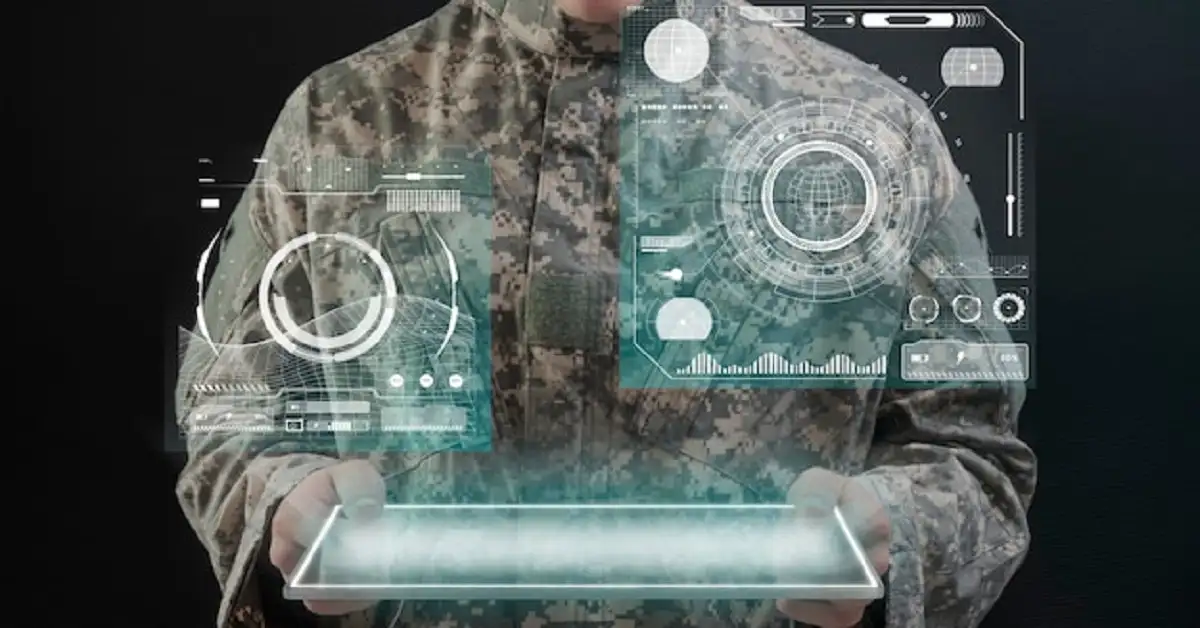Adhering to the CMMC controls list is far from a mere formality for defense contractors. It is a cornerstone of protecting sensitive information and upholding national security. The Cybersecurity Maturity Model Certification (CMMC) framework provides a standardized benchmark to evaluate a contractor’s cybersecurity protocols.
This framework was developed to address cybersecurity deficiencies in the defense industrial base (DIB), secure federal contract information, and control unclassified information (CUI).
Key Takeaways
- Understanding the CMMC control lists helps defense contractors safeguard sensitive information.
- A strategic approach to CMMC compliance can mitigate cybersecurity risks.
- Implementing CMMC requirements not only enhances security but also offers a competitive edge.
- Exploring real-world examples and data is crucial to understanding the importance of CMMC.
- Utilizing available resources and knowledge can streamline the compliance process.
The U.S. Department of Defense (DoD) relies on the strict enforcement of CMMC to ensure contractors can effectively safeguard CUI from cyber threats. With cyberattacks becoming more sophisticated and frequent, adhering to these controls is not optional but mandatory for staying competitive and secure. The repercussions of failing to comply can range from losing contracts to suffering damaging data breaches that can tarnish a company’s reputation.
Breaking Down CMMC Levels
The Cybersecurity Management Framework (CMMC) is a five-level framework that outlines the progression of cybersecurity measures. It starts with Level 1, basic cyber hygiene, which includes standard practices like antivirus software and regular password changes. This level is a transitional phase towards Level 3, emphasizing documentation and establishing fundamental policies and procedures.
Level 3 aligns with NIST SP 800-171 Rev 2 requirements and includes enhanced security measures to protect CUI. Contractors must develop and maintain a comprehensive security program incorporating process enhancements and technology implementations like multi-factor authentication and encryption.
Level 4 focuses on proactively identifying and responding to advanced persistent threats (APTs), demonstrating organizations’ ability to adapt to new threats through threat intelligence and proactive risk management strategies.
Level 5 is Advanced/Progressive, which includes sophisticated practices that optimize an organization’s ability to detect and repel APTs. This level involves continuous monitoring and process improvement, investing in cutting-edge technology, and adopting best practices to avoid potential threats.
Strategies for Achieving Compliance
Businesses should perform a gap analysis to find areas that need improvement to comply with CMMC requirements. Employees must receive regular training on CMMC controls and cybersecurity best practices. Maintaining compliance can be aided by putting cutting-edge technological solutions like encryption, intrusion detection, and incident response into practice. Cyberattacks are less likely to be successful when layered security is used. Conducting routine audits is crucial to verify the efficacy of cybersecurity protocols and conform to the dynamic standards of CMMC.
These evaluations guarantee that procedures consistently align with changing standards and assist in identifying vulnerabilities before exploitation. Companies can maintain compliance with CMMC standards and focus on areas that require improvement by implementing these ideas.
Real-World Implications
CMMC compliance is not just theoretical. Its impacts are evident in real-world situations. Consider the case of several contractors who faced data breaches and financial setbacks due to non-compliance. These instances underscore the necessity of adhering to the CMMC framework, a guardrail against potentially devastating cyberattacks.
Businesses risk exclusion from DoD contracts without compliance, bringing financial consequences and reputational damage. The importance of CMMC compliance extends beyond contractual obligations; it directly influences an organization’s ability to protect sensitive information and maintain its standing within the industry.
Leveraging Expert Insights
Industry experts emphasize the value of early and thorough preparation for CMMC compliance. Contractors prioritizing compliance from the outset are more likely to succeed. Expert insights often shed light on practical strategies and common pitfalls businesses can avoid. Guidance from professionals who have navigated the compliance process can be invaluable in creating a roadmap for achieving and maintaining CMMC standards.
Consulting with cybersecurity professionals and utilizing comprehensive guides can significantly affect how smoothly a company navigates the path to compliance. These experts can offer tailored advice, helping businesses implement the most effective security measures while meeting all regulatory requirements.
Leveraging Tools and Resources
Fortunately, contractors have access to a plethora of resources to aid in achieving CMMC compliance. Tools and frameworks offered by various cybersecurity agencies can streamline the compliance journey. According to the National Institute of Standards and Technology (NIST), properly using these tools can simplify the compliance process for businesses of all sizes. Resources such as checklists, templates, and training materials can provide clear guidance on meeting CMMC requirements.
Comprehensive documentation, online training modules, and dedicated compliance software are just some resources available. Familiarity with these tools can enhance a company’s compliance efforts and ensure ongoing adherence to CMMC standards. Leveraging these resources effectively can result in a smoother, more efficient compliance process and reduce the overall burden on the organization.
Conclusion
CMMC compliance is vital for defense contractors dedicated to safeguarding sensitive information and contributing to national security. Contractors can meet these essential standards by comprehending the CMMC framework, implementing strategic initiatives, and leveraging available resources while gaining a competitive advantage in the defense industry. Proactive compliance mitigates risks and positions contractors as reliable, security-conscious partners in the defense sector.
